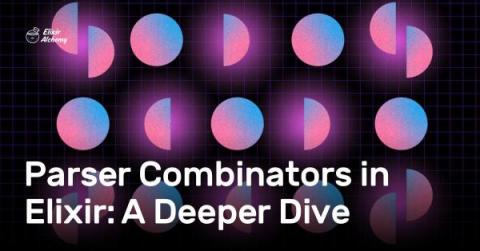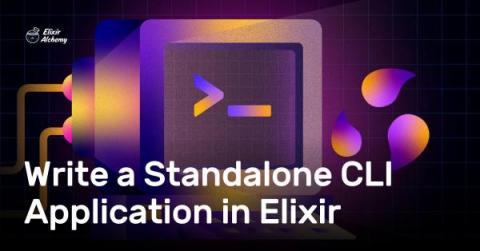Parser Combinators in Elixir: A Deeper Dive
In our last post, we wrote a basic parser for phone numbers using Elixir. It was a bit simplistic since it didn't really respect the format phone numbers are expected to have, but it was a great start. We'll now improve the parser to ensure we only accept phone numbers that fit the spec and make our return type an instance of structured data. Let's dive straight in!











